The world's 10 richest families
From Middle Eastern monarchs to M&M magnates, these are the most fabulously wealthy clans on Earth

- The Walton family ($432.4 billion)
- The al-Nahyan family ($323.9 billion)
- The al-Thani family ($172.9 billion)
- The Hermès family ($170.6 billion)
- The Koch family ($148.5 billion)
- The Al-Saud family ($140 billion)
- The Mars family ($133.8 billion)
- The Ambani family ($99.6 billion)
- The Wertheimer family ($88 billion)
- The Thomson family ($87.1 billion)
The thing about a gigantic pile of money is that, if properly managed, it turns into a bigger pile of money. For these families, ranked as the world's 10 richest by Bloomberg, savvy business and investment decisions or the timely application of military force to consolidate power in a resource-rich territory have combined to produce staggering wealth. And what these fabulously rich individuals do with their inherited cash ranges from buying yachts, exotic animals and vineyards to financing cherished political causes and candidates around the world.
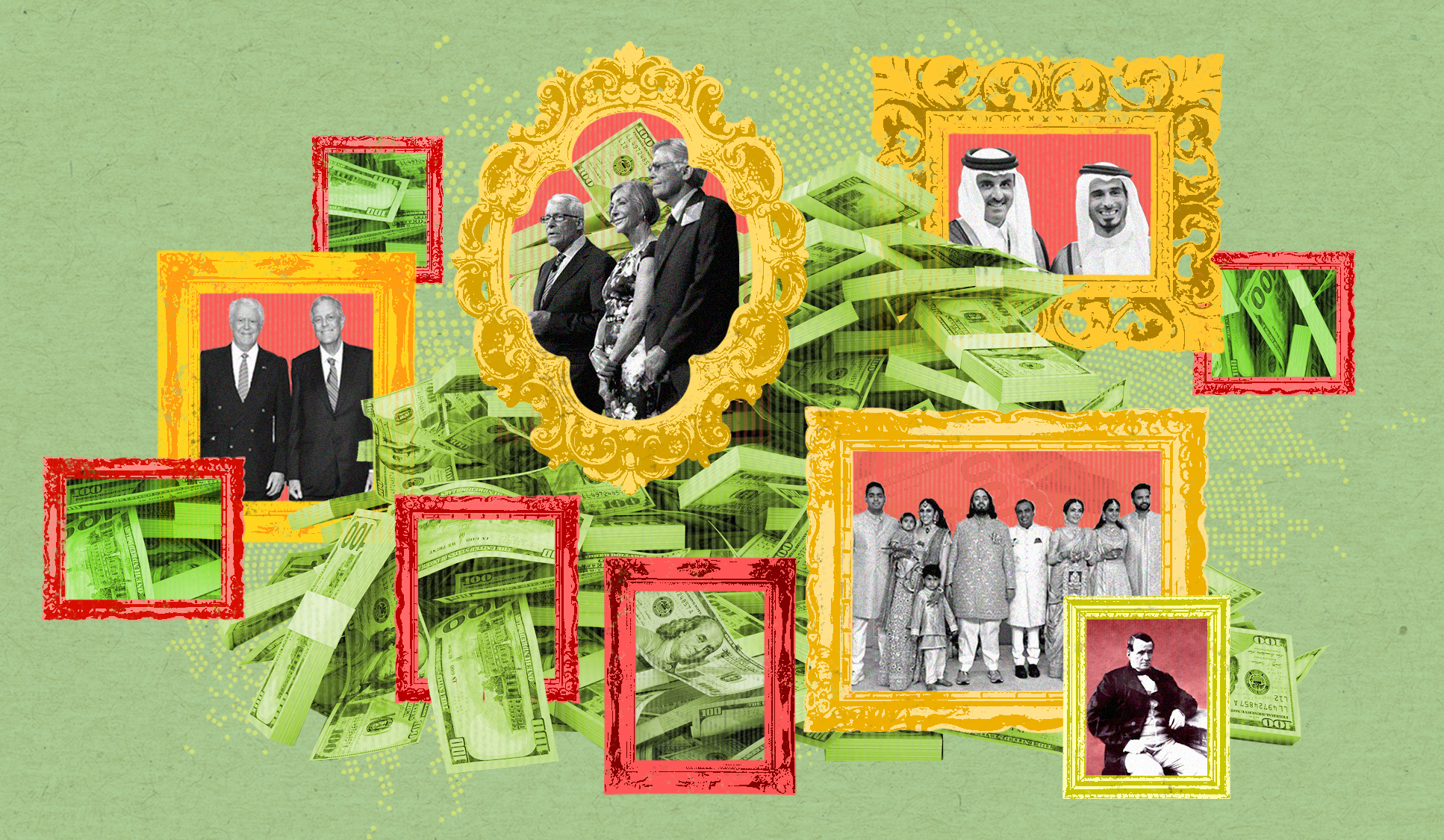
The Walton family ($432.4 billion)
Sam Walton opened his first discount variety store in Bentonville, Arkansas, in 1962 and turned it into a retail empire "by buying up low-cost goods and selling them at lower prices than his competitors," said Fox Business. Today, Walmart operates more than 10,500 stores in 19 countries, and Walton's heirs are worth $432.4 billion. There are now three Waltons — Jim, Rob and Alice — who are worth more than $100 billion each, and their largesse "largely stems from the Walmart shares given to them by their father," said Business Insider.
The al-Nahyan family ($323.9 billion)
The discovery of oil in the 1960s set off a "breathtaking transformation" of the United Arab Emirates from a society of subsistence "date farmers, camel herders and pearl fishermen" to one of the richest countries in the world, said The New York Times. The al-Nahyan family is the hereditary monarchy of the Emirate of Abu Dhabi, which has increased its natural resource wealth with its pioneering sovereign wealth fund, the Abu Dhabi Investment Authority (ADIA). Among many other endeavors, the ADIA purchased a stake in the city of Chicago's parking meters in 2008, and now the "revenue from these meters has reportedly reached over $150 million annually — all flowing to the investor group led in part by ADIA," said Driven Magazine.
The Week
Escape your echo chamber. Get the facts behind the news, plus analysis from multiple perspectives.

Sign up for The Week's Free Newsletters
From our morning news briefing to a weekly Good News Newsletter, get the best of The Week delivered directly to your inbox.
From our morning news briefing to a weekly Good News Newsletter, get the best of The Week delivered directly to your inbox.
The al-Thani family ($172.9 billion)
Another family of Gulf royalty has turned natural resource wealth into a multifaceted and growing portfolio. "No ruling dynasty in the Arab Gulf has played a seemingly weak hand with more skill" than the al-Thani family, said Manara Magazine. The country's diplomatic and investment strategies are all about "building Qatar into an international brand that can underpin its existence and the family's longevity," said Bloomberg. Former Qatari Emir Sheikh Hamad bin Khalifa al-Thani is a superyacht enthusiast who owns the Katara, a "$400 million mega yacht" that "comfortably accommodates up to 34 guests in 14 cabins serviced by 95 crew members," said the South China Morning Post.
The Hermès family ($170.6 billion)
Thierry Hermès was the "sixth child of an innkeeper," said Vanity Fair, who "went to Paris an orphan, proved gifted in leatherwork and opened a shop in 1837." He and his descendants built a luxury fashion empire that has survived world wars, multiple French regime changes, and an era of globalization that has led to dizzying change and competition. The luxury brand's business model is the polar opposite of Walmart, which presumably would not have much luck selling scarves that cost $4,125 each.
The Koch family ($148.5 billion)
The Kochs began their ascent to the top of the global wealth hierarchy when Fred Koch "used his training in chemical engineering to develop an improved method of turning oil into petrol" and built oil refineries in Stalin's Soviet Union and Hitler's Germany, said the BBC. His son Charles was "groomed as Koch's successor, becoming president of the family business after his father died in the 1960s" and diversified the family's interests into "energy, chemicals, agriculture, finance and electronics, producing everything from toilet paper to steak." The Kochs spent more than $49 million in the 2024 election cycle, donating almost exclusively to Republicans and sending $40 million alone to the right-wing SuperPAC Americans for Prosperity Action.
The Al-Saud family ($140 billion)
Perhaps the only family in the world with a country named after them, the Al-Saud dynasty completed their conquest of the Hejaz (now Saudi Arabia) in the 1920s. While this wasn't clear then, over the years Saudi Arabia would come to control "about 20-25% of all the world's oil reserves while producing about 10-15% of the world's daily oil consumption," said Epicenter. Because the "family contains as many as 15,000 extended members," it is challenging to "accurately assess the wealth of the House of Saud," said Investopedia.
A free daily email with the biggest news stories of the day – and the best features from TheWeek.com
The Mars family ($133.8 billion)
You may never have heard of the Mars family, but you've almost certainly eaten its candy. The family's company, Mars Inc., based today in Virginia near the CIA's headquarters, "was founded in 1911 when Frank Mars started selling candy out of his kitchen in Tacoma, Washington," said Forbes. The family's vast confectionery empire includes Halloween staples like Snickers and M&Ms and operates 135 factories in 68 countries, employing more than 140,000 people. These bonbon barons do not enjoy the limelight and are known as a "reclusive dynasty of billionaires who spend a good deal of time on a remote ranch in Wyoming," said The Guardian.
The Ambani family ($99.6 billion)
Related links
The Ambanis are the richest family in Asia, and their empire, which includes oil and gas, telecommunications and retail businesses, has a "valuation that is equivalent to 10% of India's Gross Domestic Product," said The Independent. It all started in 1958, when Dhirubhai Ambani launched a company based in Gujarat, India, that "began as a small firm trading commodities like spices and polyester yarn" and gradually expanded to make Reliance Industries a "global powerhouse," said People. Scion Anant Ambani's 2024 reception following his wedding with Radhika Merchant was "attended by over 14,000 people" and featured "60 floral animal sculptures" that each required "over 100,000 flowers to make," said Vanity Fair. It's safe to assume that the Ambanis' soirée substantially exceeded the 2024 average U.S. wedding cost of $33,000.
The Wertheimer family ($88 billion)
In 1925, "Pierre Wertheimer, and his brother Paul struck a deal with Gabrielle 'Coco' Chanel" to create "Société des Parfums Chanel with the aim of selling and producing Chanel beauty products," said Business Insider. That history means that the Wertheimer family's "destiny has been intertwined with the world's second-largest luxury brand for a century," said Women's Wear Daily. The Wertheimers are oenophiles in an era of declining wine-drinking and have acquired a large luxury wine empire, including Domaine de l'Ile on the island of Porquerolles in Provence, as well as three estates in Bordeaux and St. Supéry Estate Vineyards and Winery in California's Napa Valley, said Wine Spectator.
The Thomson family ($87.1 billion)
Roy Thomson "turned one newspaper into a publishing empire" that is now a "global information business, providing data, software and services to the financial, legal and news industries," headlined by the Reuters newswire service, said Maclean's. Magnate David Thomson, who holds the British peerage title Baron Thomson of Fleet, co-owns the National Hockey League's Winnipeg Jets. An avid art collector, in 2002 he "outbid several museums, including the J. Paul Getty Museum in Los Angeles" to purchase Peter Paul Rubens' painting "The Massacre of the Innocents" for $76.7 million, said The New York Times.
David Faris is a professor of political science at Roosevelt University and the author of "It's Time to Fight Dirty: How Democrats Can Build a Lasting Majority in American Politics." He's a frequent contributor to Newsweek and Slate, and his work has appeared in The Washington Post, The New Republic and The Nation, among others.
-
 What new cryptocurrency regulations mean for investors
What new cryptocurrency regulations mean for investorsThe Explainer The Treasury and the Financial Conduct Authority aim to make the UK a more attractive and safer place for crypto assets
-
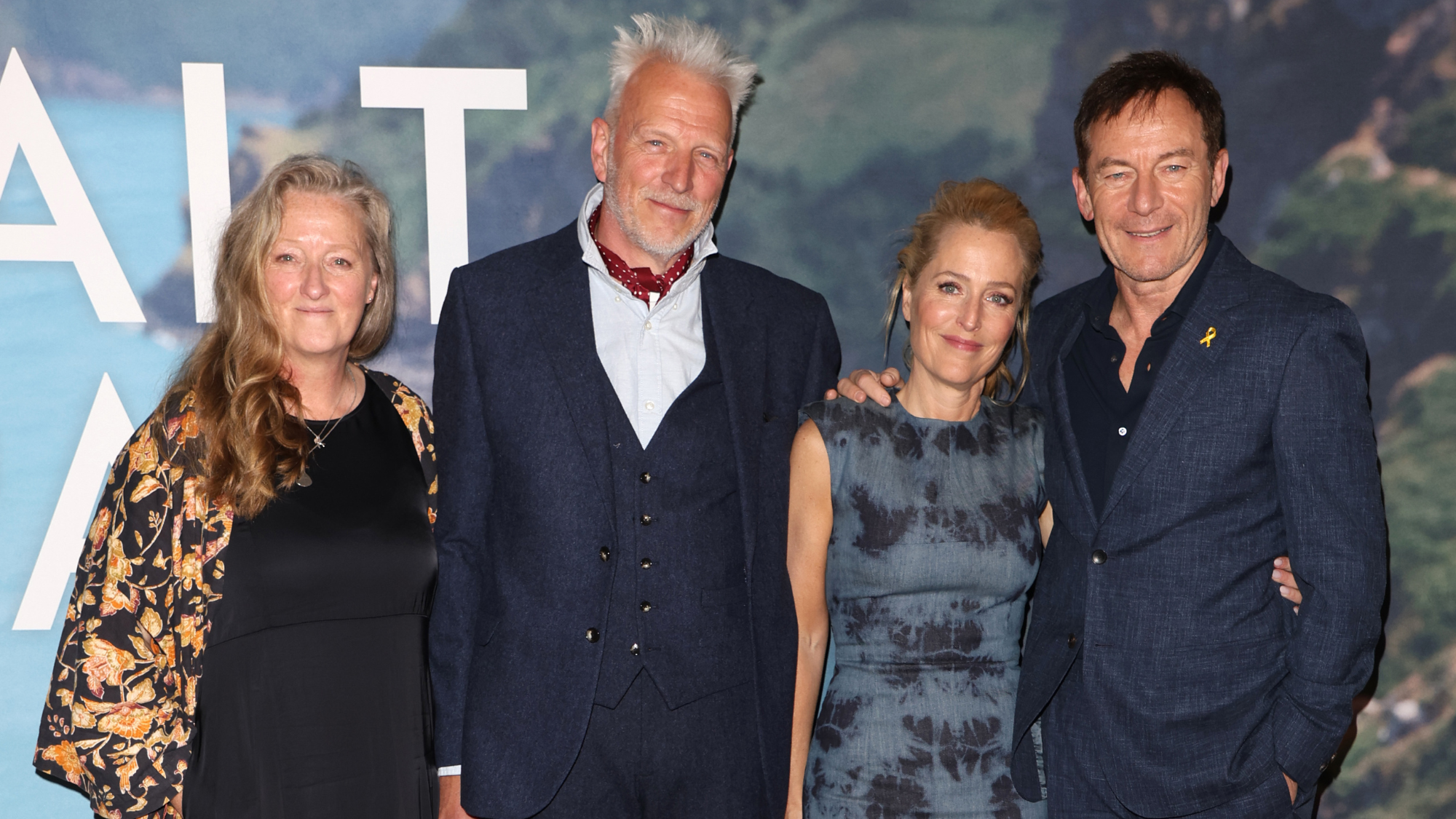 The Salt Path Scandal: an ‘excellent’ documentary
The Salt Path Scandal: an ‘excellent’ documentaryThe Week Recommends Sky film dives back into the literary controversy and reveals a ‘wealth of new details’
-
 AI griefbots create a computerized afterlife
AI griefbots create a computerized afterlifeUnder the Radar Some say the machines help people mourn; others are skeptical
-
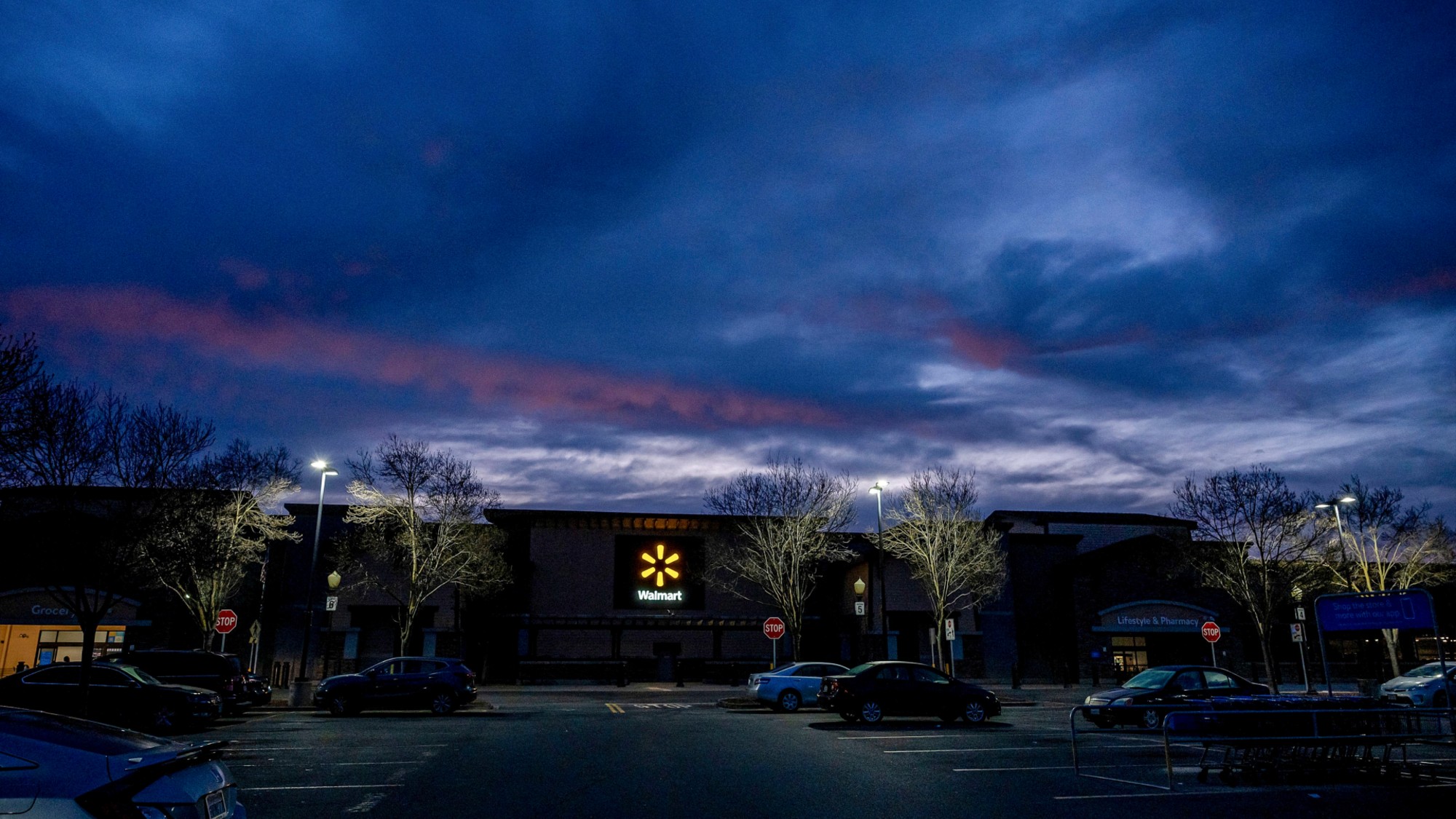 Will Trump's tariffs hurt Walmart?
Will Trump's tariffs hurt Walmart?Today's Big Question The world's biggest retailer 'isn't immune' to trade impacts
-
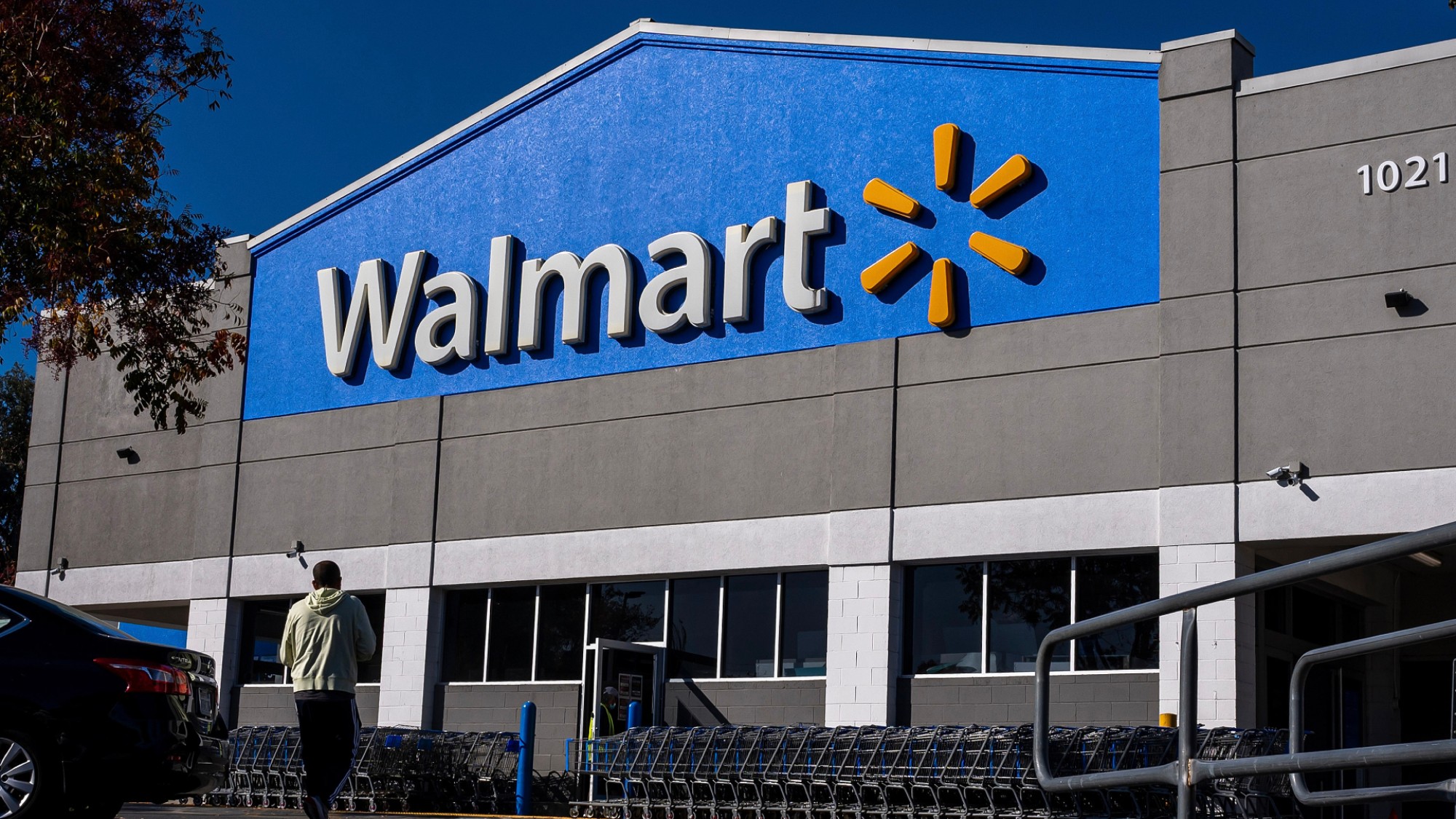 Companies that have rolled back DEI initiatives
Companies that have rolled back DEI initiativesThe Explainer Walmart is the latest major brand to renege on its DEI policies
-
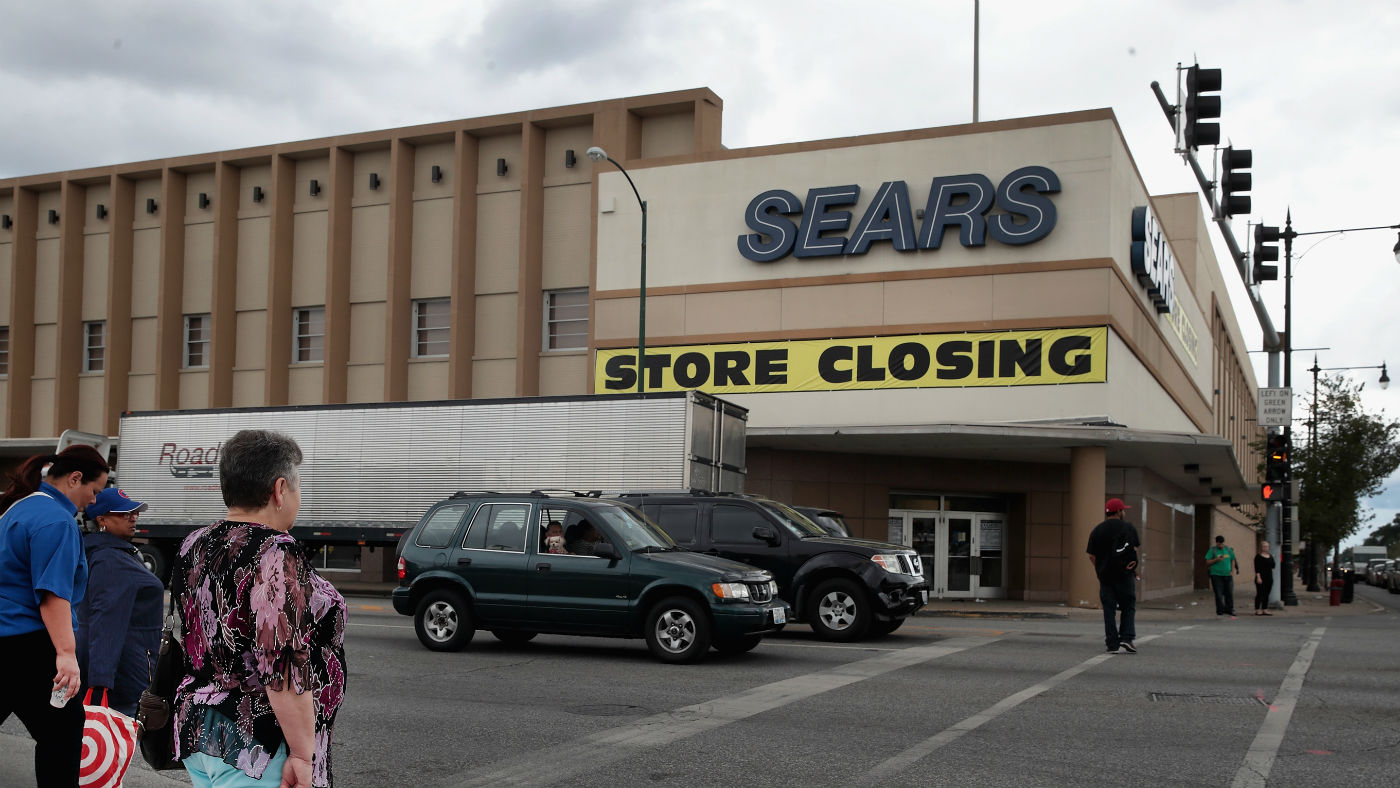 How Sears, once the world’s largest retailer, went bankrupt
How Sears, once the world’s largest retailer, went bankruptSpeed Read After 125 years, a staple of American life had been overtaken by Walmart and Amazon
-
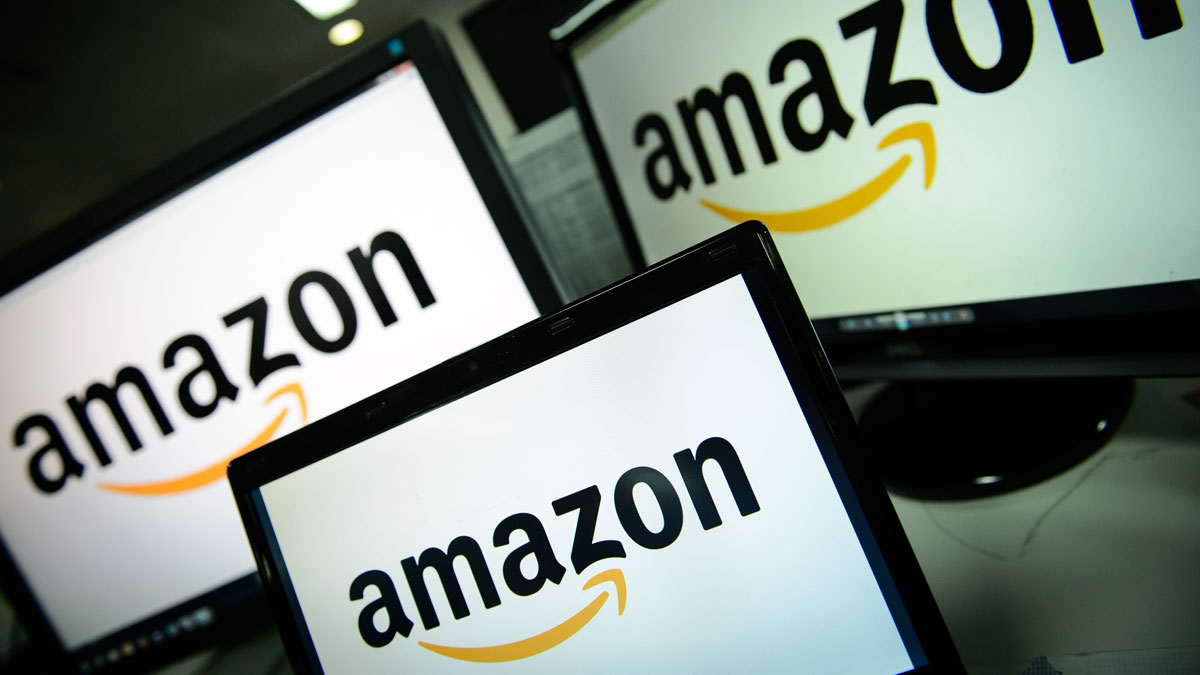 Amazon up 80% despite 'Prime Day fail'
Amazon up 80% despite 'Prime Day fail'In Depth Tweeters mocked Amazon's day of discounts, but online retailer reports strong sales
